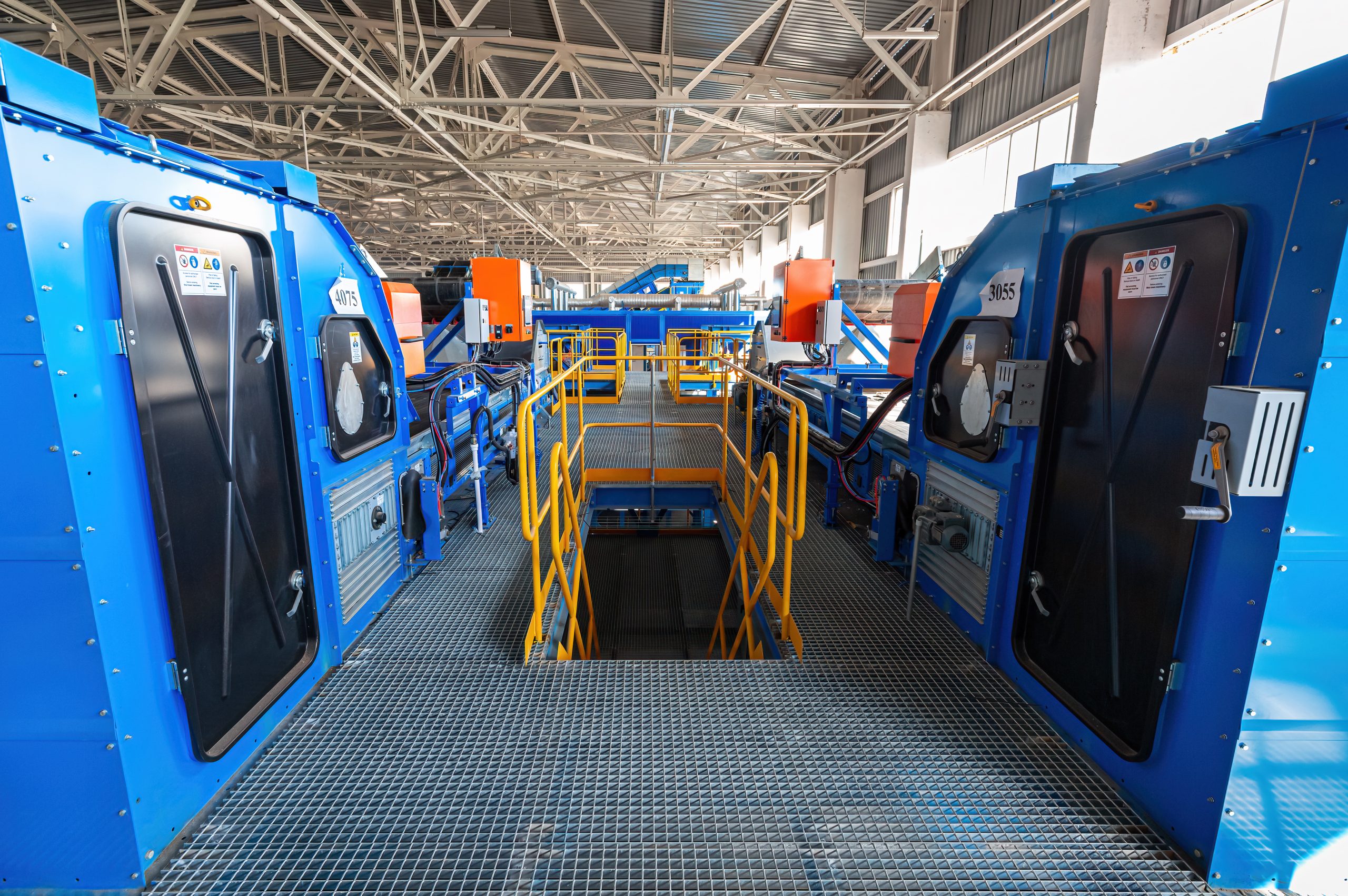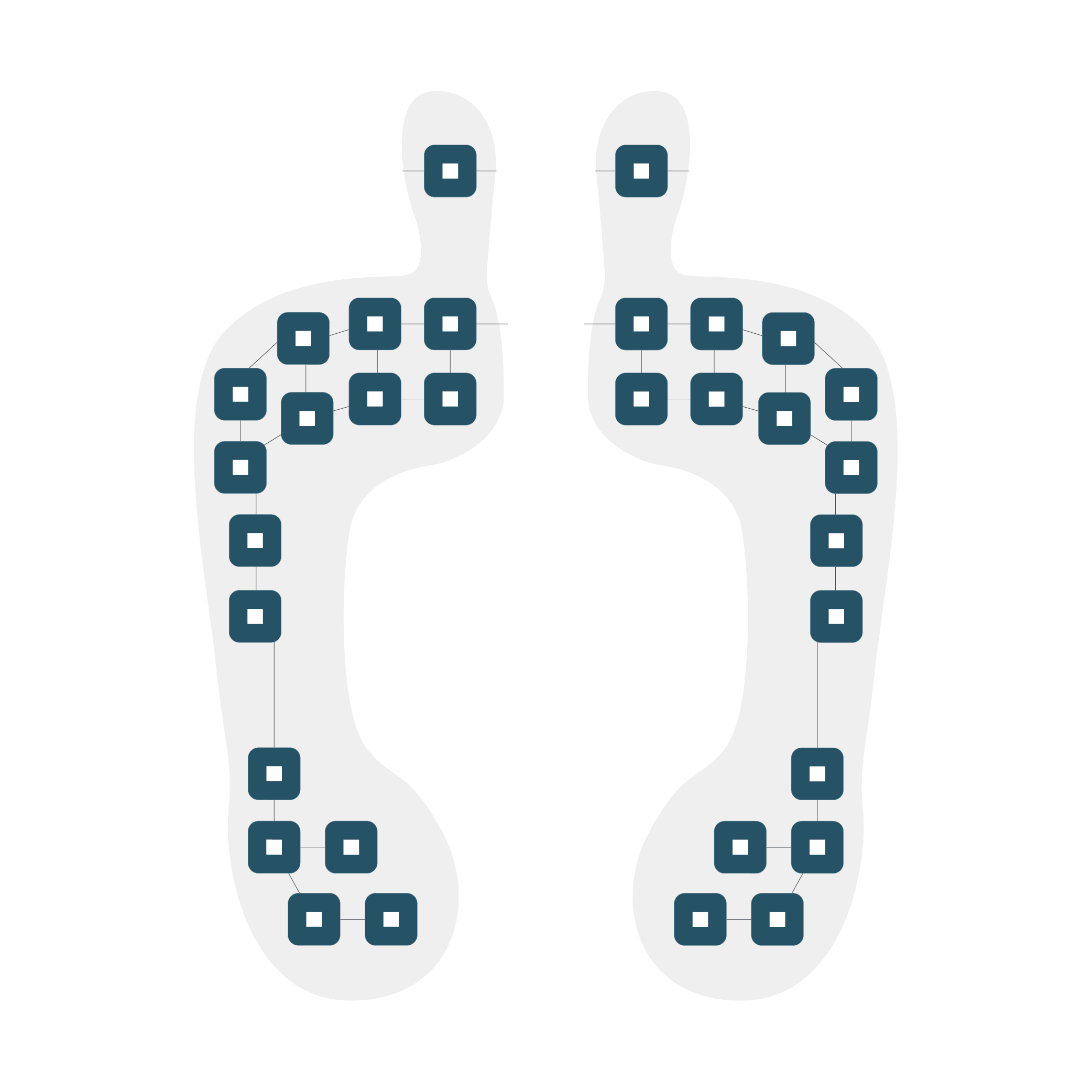The integration of sensing AI technology is causing major changes in a number of industries, with many advances being in the Industry 5.0 domain. Condition monitoring sensors are a crucial technological advancement driving this revolution. These sensors are leading the way in cost reductions, operational efficiency, and predictive maintenance.
Let’s discuss how industry changes, increased efficiency, and the ability to run smarter, more responsive operations are being made possible by condition monitoring sensors.
What are Condition Monitoring Sensors?
Sensors for condition monitoring are tools for keeping an eye on the condition of machinery and equipment. They gather data on several parameters, including humidity, vibration, pressure, and temperature. After that, this data is examined to look for trends, forecast malfunctions, and improve maintenance plans. These sensors assist in prolonging the life of machinery, minimizing downtime, and preventing unplanned breakdowns by giving real-time insights into the condition of the apparatus.
The Role of Condition Monitoring in Industry 5.0
Industry 5.0 represents the fourth industrial revolution, characterized by the fusion of digital technologies, the Internet of Things (IoT), artificial intelligence (AI), and big data analytics. Condition monitoring sensors are integral to this transformation, enabling the shift from reactive to predictive maintenance. Here’s how they are making a difference:
1. Predictive Maintenance
One of the most significant contributions of condition monitoring sensors is in predictive maintenance. Traditional maintenance strategies, such as reactive and preventive maintenance, often result in unnecessary downtime and costs. Reactive maintenance addresses issues only after a failure occurs, leading to unexpected interruptions. Preventive maintenance, while proactive, can still lead to over-maintenance and unnecessary expenditure.
Condition monitoring sensors enable predictive maintenance by continuously monitoring equipment conditions and predicting potential failures before they occur. For instance, vibration sensors can detect abnormal vibrations in rotating machinery, indicating potential bearing failures. By addressing these issues early, companies can schedule maintenance during planned downtime, minimizing disruptions and optimizing resource utilization.
2. Enhanced Operational Efficiency
Operational efficiency is crucial for maintaining competitiveness in today’s fast-paced industrial environment. Condition monitoring sensors provide real-time data on equipment performance, allowing operators to make informed decisions quickly. For example, temperature sensors can monitor the thermal conditions of critical components in real time, preventing overheating and ensuring optimal performance.
Moreover, integrating condition monitoring data with AI and machine learning algorithms can uncover hidden patterns and insights. These advanced analytics can optimize production processes, reduce energy consumption, and enhance overall operational efficiency. By leveraging these insights, companies can fine-tune their operations, reduce waste, and achieve higher productivity levels.
3. Cost Savings
The financial impact of unexpected equipment failures can be substantial, including repair costs, lost production time, and potential damage to other components. Condition monitoring sensors help mitigate these risks by providing early warnings of possible issues. This proactive approach not only reduces the likelihood of catastrophic failures but also minimizes the need for emergency repairs and spare parts inventory.
Furthermore, condition monitoring allows for better asset management. By understanding the real-time condition of equipment, companies can make informed decisions about asset replacement and lifecycle management. This strategic approach ensures that investments are made wisely, avoiding premature replacements and extending the useful life of machinery.
4. Safety and Compliance
Ensuring workers’ safety and compliance with regulatory standards is paramount in industrial settings. Condition monitoring sensors contribute significantly to creating safer work environments. For example, gas sensors can detect hazardous gases in real-time, alerting personnel to potential dangers and allowing for immediate corrective actions.
Additionally, compliance with industry regulations often requires regular inspections and maintenance of equipment. Condition monitoring simplifies this process by providing comprehensive data on equipment health, reducing the need for manual inspections, and ensuring compliance with safety standards.
Key Technologies in Condition Monitoring
Several technologies underpin the effectiveness of condition monitoring sensors in Industry 5.0:
1. IoT and Connectivity
The Internet of Things (IoT) plays a crucial role in condition monitoring by enabling seamless connectivity between sensors, equipment, and central monitoring systems. IoT-enabled sensors can transmit data wirelessly to cloud-based platforms, where it is analyzed and visualized in real time. This connectivity facilitates remote monitoring and management of equipment, even across geographically dispersed locations.
2. Artificial Intelligence and Machine Learning
AI and machine learning algorithms enhance the capabilities of condition monitoring by analyzing vast amounts of data and identifying patterns that may not be apparent to human operators. These technologies can predict equipment failures with high accuracy, optimize maintenance schedules, and provide actionable insights for improving operational efficiency.
3. Big Data Analytics
The sheer volume of data generated by condition-monitoring sensors can be overwhelming. Big data analytics tools process and analyze this data to extract meaningful insights. By leveraging historical and real-time data, companies can make data-driven decisions, identify trends, and optimize their maintenance strategies.
4. Edge Computing
Edge computing involves processing data closer to the source, reducing latency, and enabling real-time decision-making. In condition monitoring, edge computing allows for immediate analysis of sensor data, providing instant alerts and reducing the dependency on centralized cloud platforms. This is particularly beneficial in environments with limited connectivity or where real-time responsiveness is critical.
Case Studies: Transformative Impact of Condition Monitoring
1. Manufacturing
Condition-monitoring sensors have revolutionized production processes in the manufacturing sector. For example, a leading automotive manufacturer implemented vibration sensors to monitor the condition of robotic arms in their assembly line. By analyzing the vibration data, they could predict and prevent failures, resulting in a 20% reduction in downtime and a significant increase in production efficiency.
2. Oil and Gas
The oil and gas industry relies heavily on condition monitoring to ensure the reliability and safety of critical assets. In offshore drilling operations, pressure and temperature sensors are used to monitor the condition of drilling equipment. By integrating this data with AI algorithms, companies can predict equipment failures and optimize maintenance schedules, reducing the risk of costly downtime and environmental hazards.
3. Energy and Utilities
In the energy sector, condition monitoring sensors are essential for maintaining the reliability of power generation and distribution equipment. For instance, thermal imaging sensors are used to monitor the condition of electrical transformers. By detecting hotspots and potential failures early, utilities can prevent blackouts and ensure uninterrupted power supply to consumers.
Future Trends and Innovations
The future of condition monitoring in Industry 5.0 looks promising, with several emerging trends and innovations set to enhance its impact further:
1. Advanced Sensor Technologies
The development of advanced sensor technologies, such as nanotechnology and MEMS (Micro-Electro-Mechanical Systems), will enable more accurate and reliable condition monitoring. These sensors will be smaller, more sensitive, and capable of monitoring a more comprehensive range of parameters, further improving predictive maintenance capabilities.
2. Integration with Digital Twins
Digital twins, virtual replicas of physical assets, are becoming increasingly prevalent in Industry 5.0. By integrating condition monitoring data with digital twins, companies can simulate and predict the behavior of equipment under various conditions. This enables more accurate maintenance planning, and optimization of asset performance.
3. Enhanced Cybersecurity
As condition monitoring systems become more interconnected, cybersecurity becomes more of a priority. Future innovations will focus on enhancing the security of data transmission and storage, protecting sensitive information from cyber threats, and ensuring the integrity of condition monitoring systems.
Conclusion
Condition monitoring sensors are undeniably transforming Industry 5.0 through predictive maintenance, enhancing operational efficiency, reducing costs, and ensuring safety and compliance. As technology continues to advance, the integration of IoT, AI, big data analytics, and edge computing will further amplify the impact of these sensors. By leveraging condition monitoring, industries can achieve greater reliability, productivity, and competitiveness in the dynamic landscape of Industry 5.0. Reach out to 221e Srl for intelligent sensing solutions that meet a range of needs.

